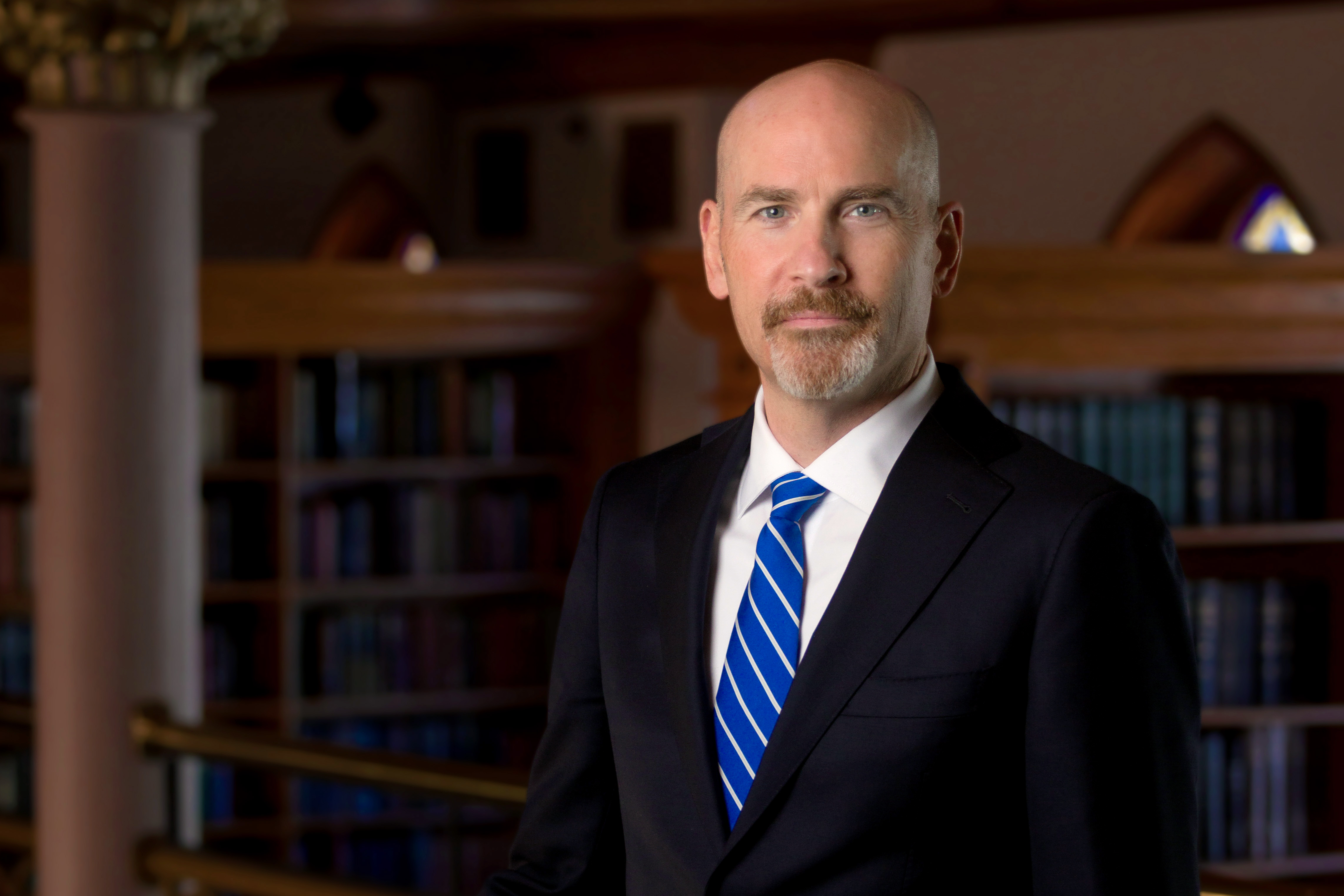The CSDS role places Michel at the forefront of deep submergence for the academic research community, working as a liaison to connect scientists with the WHOI teams that operate the NDSF underwater vehicles. The CSDS helps ensure NDSF meets the needs of the user community, provides project planning advice, and manages the process for post-cruise assessment. The CSDS also plays a key role in shaping the future of deep submergence through the NDSF.
“I am looking forward to applying my experience to help support this important, collaborative program,” Michel said. “The work of the NDSF enables the oceanographic community to explore, sample, and map the deep ocean and it is exciting to be able to work with scientists on how best to support their research projects.”
“This new position also allows me to continue to be a listener in the community; I’m interested in establishing initiatives that would bring more diversity to deep ocean science, and to find ways to improve and advance technology in terms of computer science integration, artificial intelligence and new sensor systems,” Michel added.
According to Rob Munier, WHOI’s Vice President for Marine Facilities and Operations,
“Anna balances her work in the lab with frequent sea time plus a host of activities related to education and diversification of ocean science and engineering, all of which have earned her the respect of the community. We look forward to her new leadership role.”
Michel graduated with her PhD from the Massachusetts Institute of Technology (MIT) – WHOI Joint Program in Oceanography/Applied Ocean Science and Engineering in 2007. In 2012, she began her career as an assistant scientist at WHOI. She went on to lead the Chemical Sensors Laboratory as an associate scientist, which works on developing new sensors for studying ocean chemistry, including methane sensing, carbon dioxide sensing, and microplastics sensing.
The NDSF operates, maintains and coordinates WHOI’s three deep ocean vehicles including:
- The human-occupied vehicle (HOV) Alvin
- The remotely operated vehicle (ROV) Jason/Medea
- The autonomous underwater vehicle (AUV) Sentry
The NDSF is sponsored by the National Science Foundation, the Office of Naval Research, and the National Oceanic and Atmospheric Administration and hosted at WHOI. Its operation is overseen by the University-National Oceanographic Laboratory System (UNOLS), an organization of 58 academic institutions and national laboratories involved in marine research.
About Woods Hole Oceanographic Institution
The Woods Hole Oceanographic Institution (WHOI) is a private, non-profit organization on Cape Cod, Massachusetts, dedicated to marine research, engineering, and higher education. Established in 1930, its primary mission is to understand the ocean and its interaction with the Earth as a whole, and to communicate an understanding of the ocean’s role in the changing global environment. WHOI’s pioneering discoveries stem from an ideal combination of science and engineering—one that has made it one of the most trusted and technically advanced leaders in basic and applied ocean research and exploration anywhere. WHOI is known for its multidisciplinary approach, superior ship operations, and unparalleled deep-sea robotics capabilities. We play a leading role in ocean observation and operate the most extensive suite of data-gathering platforms in the world. Top scientists, engineers, and students collaborate on more than 800 concurrent projects worldwide—both above and below the waves—pushing the boundaries of knowledge and possibility. For more information, please visit www.whoi.edu
###



